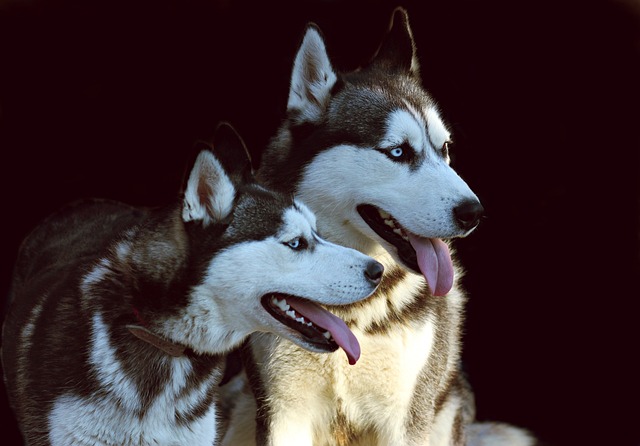
How can I tell if my dog's heatstroke is serious
Let’s be real: It’s a sticky August morning in Los Angeles, and you took your 2-year-old Golden Retriever, Max, for a walk a little later than usual
If you’re a new dog owner in California pacing your living room, watching your 8-month-old Beagle lick their front paw raw after a walk, or a first-timer in Ohio stressing because your Shih Tzu won’t stop gnawing at a tiny cut on their hind paw—you’re far from alone. This is one of the most common headaches for U.S. pet parents, and the fix? Covering their paw doesn’t have to be a fight. Let’s break down why dogs lick excessively, how to choose the right cover, how to put it on without stress, and what U.S. rules and kind care require.
First, the simple science: Dogs lick paws for good reasons—itchy allergies (super common in Florida’s humidity!), tiny cuts from sidewalk cracks, or even dry skin. But here’s the problem: Saliva has bacteria that can turn a small irritation into a red, oozing sore (vets call this “hot spots”). A client in Texas learned this the hard way—her 2-year-old Lab licked a minor scrape for 2 days, and it turned into an infection that needed antibiotics. Over-licking is a cycle: The more they lick, the more it hurts; the more it hurts, the more they lick. Covering the paw breaks that cycle, giving the skin time to heal.
Choosing and applying a paw cover is easy—just use positive training to make it calm. First, pick the right gear: Vet-recommended “paw sleeves” (waterproof ones work for walks, soft cotton for inside) or a simple baby sock (cut a hole for the dewclaw!) if it’s a small issue. Avoid tight bandages—they can cut off circulation. Here’s how to put it on: Grab your pup’s favorite treat (freeze-dried salmon works wonders!). Sit on the floor, hold the cover in one hand, and scratch their chest with the other to relax them. Say “good paw” as you gently slide the cover over their paw—if they pull away, stop, give a treat, and try again. A client in Colorado told me her 1-year-old Rescue Pit Bull used to growl when anyone touched her paws—now she sits still because they paired the sleeve with peanut butter bites. Check the cover every 2-3 hours to make sure it’s not too tight—you should be able to slip a finger under it.

Now, let’s cover U.S. rules and culture. First, compliance: Every state requires rabies vaccines, but if your dog’s paw issue is from a bite or unknown wound, most vets in Chicago or Seattle will ask for proof of vaccines before treatment—skipping this could delay care. Also, public spaces: Always carry poop bags (New York City fines up to $300 for forgetting!) and keep your dog leashed on walks, even with a covered paw—you don’t want them tripping and hurting themselves more. For apartment living: Choose quiet paw covers (avoid plastic ones that squeak on hardwood!) if you have downstairs neighbors—late-night pacing with noisy paws can lead to complaints.
Remember: Covering a paw is temporary—if your dog licks nonstop for more than 3 days, call your vet. It could be a sign of allergies or a hidden injury. But for minor issues, a little cover and lots of positive reinforcement go a long way. Grab that paw sleeve, a handful of treats, and take it slow—your pup’s healthy paw (and your peace of mind) will thank you.

Let’s be real: It’s a sticky August morning in Los Angeles, and you took your 2-year-old Golden Retriever, Max, for a walk a little later than usual

You're enjoying a summer afternoon at the park when you notice your dog has stopped panting and appears disoriented - their gums are bright red

Let’s paint the picture: You’re in your Denver apartment, watching your 4-year-old Boston Terrier, Ruby, plop down mid-play session with her favorite toy

Many dog owners notice their pets nails seem shorter after regular walks,but how much does this daily activity actually help?The answer depends on where you walk—concrete sidewalks or asphalt streets gently file nails as a dog's paws hit the ground

Most dog owners notice their pup scooting across the carpet at some point, but few connect it to impacted anal glands. These small sacs near a dog’s rectum secrete a scent for marking territory

Most vets agree that regular dog teeth cleaning is key to avoiding painful dental issues later. For healthy adult dogs, a professional cleaning at the vet’s office every 12 to 18 months usually works well.